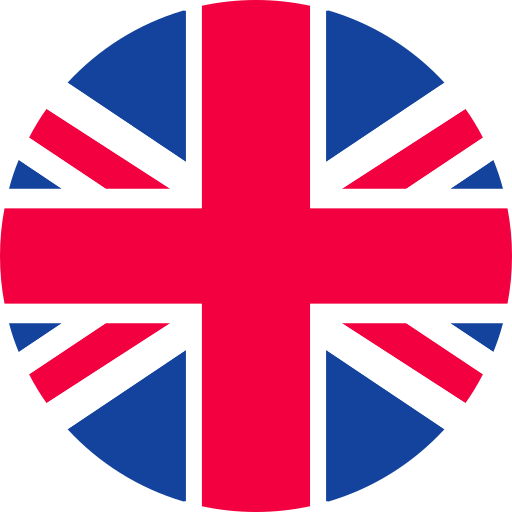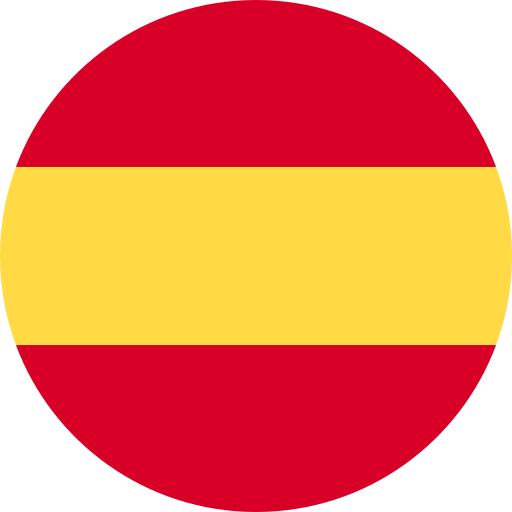The history of cardboard. 2,000 years, from boxes for storing Cai Lun's scrolls to corrugated cardboard as a cheaper and recyclable packaging alternative.
HISTORY OF CORRUGATED CARDBOARD
The vast majority of historians agree that cardboard was invented in China in the 1st century AD and evolved into the corrugated cardboard we know today in the late 19th and early 20th centuries. Let's see how this evolution has been, from a simple box for storing scrolls to current custom packaging projects.
1st CenturyWho invented cardboard?
Historians say that the first to manufacture cardboard was Cai Lun, a eunuch and imperial advisor to Emperor He of Han, in China at the end of the 1st century AD.
Who invented cardboard?
Although more primitive types of paper already existed, Cai Lun proceeded to perfect the manufacturing technique by waterproofing starch-based glues, rice and Tororo Aoi juice (hibiscus species) so that the sheets were well satin and protected from mold and parasites. The foundations were being laid for the development of a lighter material, easy to store and transport than existing wooden tablets or silk fabrics.
Paper, as well as its derivatives, including cardboard, was invented in China thousands of years ago, however the first record of cardboard boxes in China is from the 16th century.
According to Ohio State University, England produced the first commercial cardboard box in 1817. According to the same sources, in 1856 corrugated or pleated paper was patented as a lining for top hats in London. Later, in the mid-19th century, the textile industry improved corrugated boxes by developing internal corrugation.
At the end of the century, already in the United States, Andrew Dennison and his son joined their ingenuity and efforts to create a device that automated the lateral cutting of cardboard sheets.
1874Who invented corrugated cardboard?
In 1874 Oliver Long evolved cardboard, improving its resistance, adding a smooth sheet (single face) that helped strengthen the corrugated sheet (medium) and shortly after a sheet as a second face.
Who invented corrugated cardboard?
The beginnings of corrugated cardboard or corrugated paper, as packaging material were not complete for a small detail:
Paper does not have enough rigidity to maintain its shape!
The first cardboard boxes were not very resistant and deteriorated during transport and storage, as they were made in a single layer of corrugated cardboard or fluting. In 1874 Oliver Long evolved cardboard, improving its resistance, adding a smooth sheet (single face) that helped strengthen the corrugated sheet (medium) and shortly after a sheet as a second face. Oliver Long registered the patent for his cardboard in the United States on May 5, 1874 as corrugated cardboard.
In a short space of time numerous patents were presented, and these were being acquired by three manufacturers:
- 1) Robert H. Thompson
- 2) Henry D. Norris (Robert and Henry associates formed Thompson & Norris)
- 3) Robert Gair (founder of Robert Gair Co.)
These two companies, operating in the New York and Boston areas in the late 19th century, enjoyed a monopolistic position thanks to their patents for more than 20 years.
The Scotsman Robert Gair invented the pre-cut cardboard box in 1890 – flat pieces manufactured in large quantities that turned into boxes. Robert Gair is considered the father of folding cardboard and was one of the pioneers of the corrugated cardboard industry.
He gained recognition thanks to the development of the standard box style with slots and flap gluing, the current system of manufacturing cardboard boxes, the most used cardboard box in history and still today, the so-called American box.
1883The first cardboard boxes
The early days of the corrugated cardboard industry featured pioneers whose manufacturing processes were manual.
The first cardboard boxes
The early days of the corrugated cardboard industry featured pioneers whose manufacturing processes were manual. All the tools, including the machinery, were handmade, while they dreamed of faster production methods.
The early days of the corrugated cardboard industry featured pioneers whose manufacturing processes were manual. All the tools, including the machinery, were handmade, while they dreamed of faster production methods.
In early 1883, Colonel Andrew Dennison used a shoemaker's bench in Brunswick, Maine, to make jewelry boxes as a complement and protection for the jewelry and watches sold in the small store, owned by his son, in Boston.
In 1884, father and son combined their ingenuity and efforts by creating a device called the half machine, which automated the lateral cutting of cardboard sheets. The sheets were cut to size and placed in the machine, which creased and cut one corner at a time by pressing down.
This invention was known as the Dennison cutter-creaser.
In 1885, a hand shear was developed as an improvement over the shoemaker's knife for cutting boxes. The shear soon became the main tool in cardboard box production. Before powerful cutters were abundant, a simple box plant could have a battery of at least eight or ten shears, all operating at the same time.
100 years manufacturing corrugated cardboard boxes endorse us. Our technical team can advise you on any questions that may arise when designing the appropriate corrugated cardboard box for your product.
Areas of operation
From our factory in Terrassa, we distribute corrugated cardboard throughout the Spanish territory, with a prominent presence in the four regions of Catalonia. In addition, we have established ourselves as suppliers of corrugated cardboard in Menorca and Ibiza, offering fast deliveries at manufacturer prices. We have managed to expand our presence in the European and American markets, ensuring that our corrugated cardboard packaging meets the highest international quality standards.
We strive to offer a personalized service to our customers, collaborating closely with them to design and manufacture corrugated cardboard boxes that perfectly fit their specific needs.
Solar Energy: Our Additional Commitment
In addition to our sustainable manufacturing of corrugated cardboard boxes, we have taken an additional step towards sustainability by installing solar panels on our roofs. This initiative allows us to generate the energy we use in our operations, further reducing our carbon footprint.


